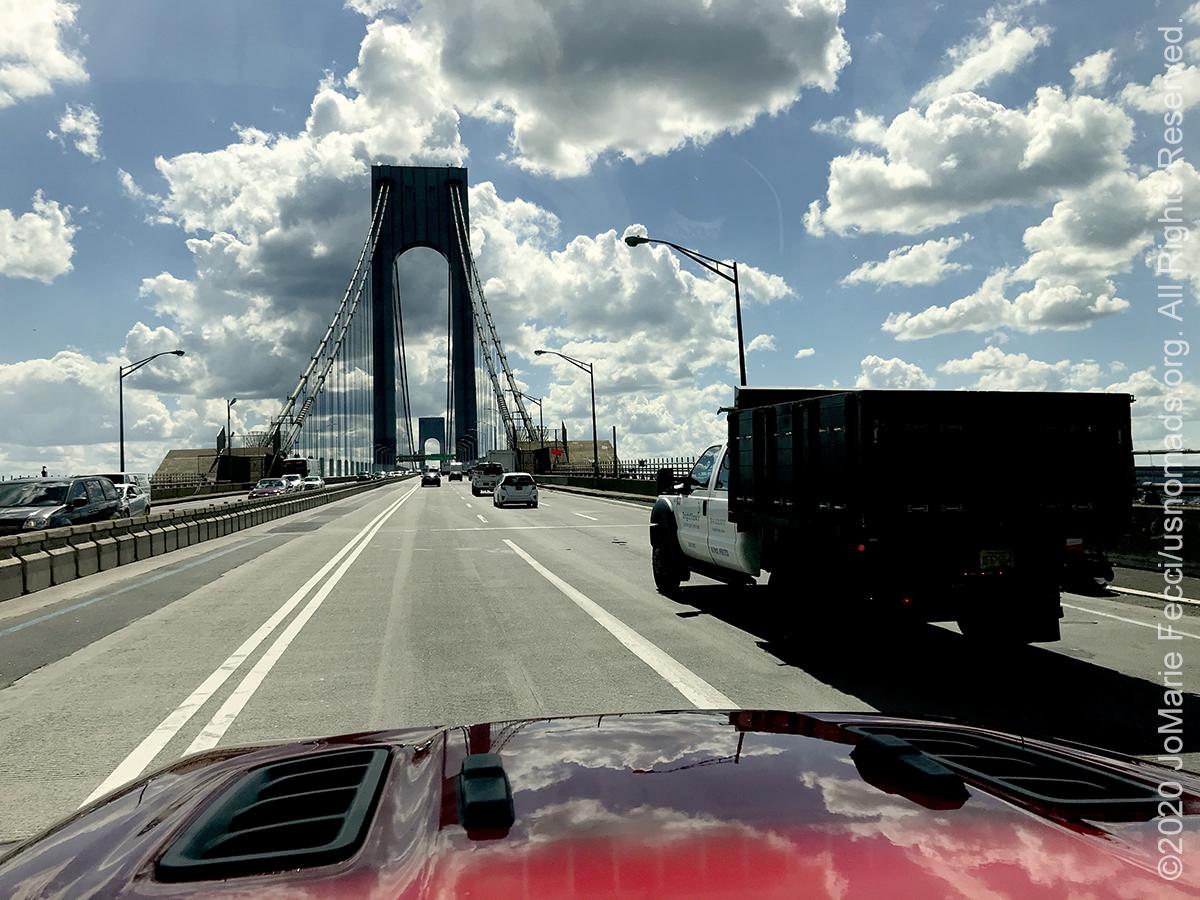
TRAP POND, DE (14 July 2020) — The real roadtrip begins today with the first long drive day from the Pine Barrens of eastern Long Island in New York to the Great Cypress Swamp region on the Delmarva Peninsula in Delaware.
I left later in the day than originally planned because of a few last minute things that popped up, but traffic was surprisingly light as I made my way off Long Island via the Verrazano Bridge and Staten Island. It was a beautiful day outside — a beautiful day for a drive — and the rest of the route was smooth. As I entered Delaware I turned off of the I-95 corridor and onto my planned route towards the swamp.
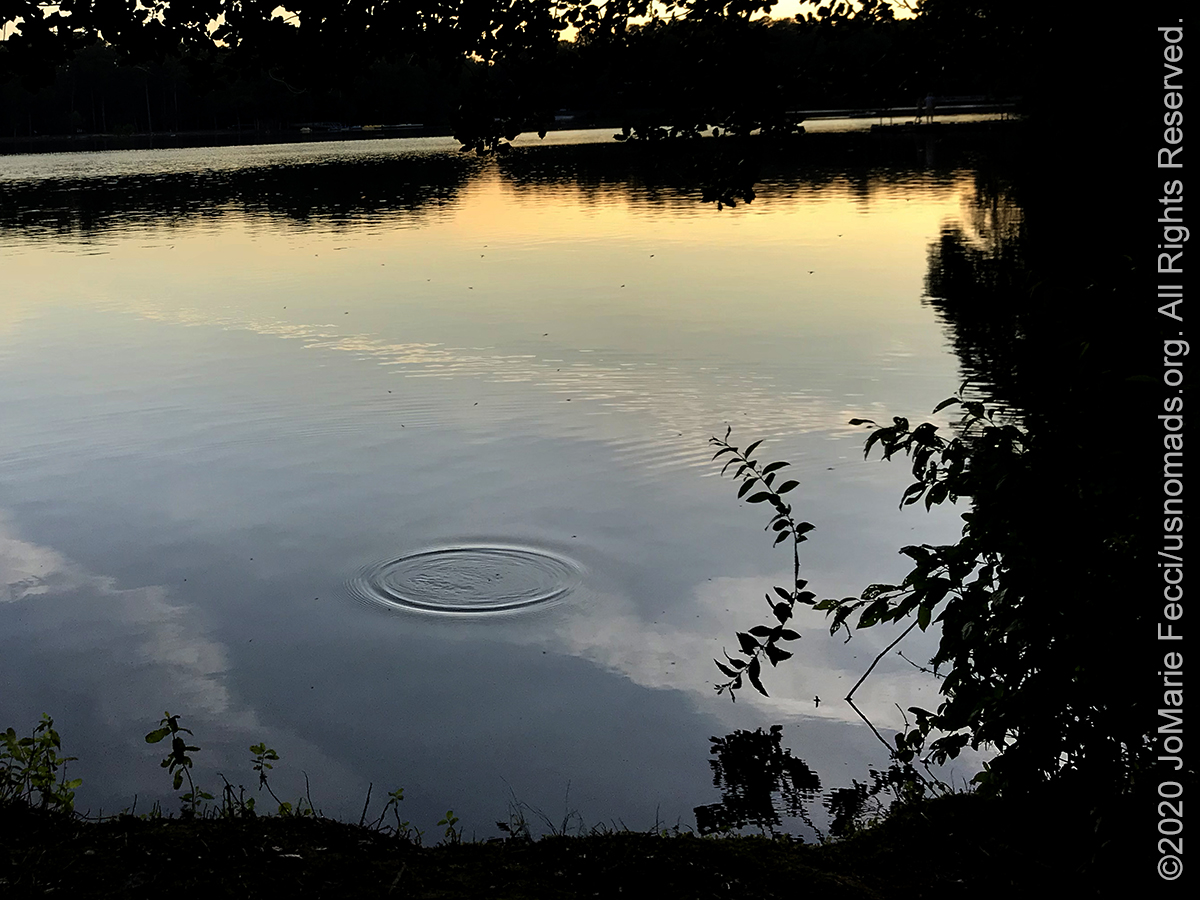
The Great Cypress Swamp is one of the northernmost of the Bald Cypress swamps common in the southeastern United States, covering about 50 square miles in southern Delaware and northern Maryland, and it is the source of the Pocomoke River. The swamp once yielded much cypress timber. Through overharvesting and a disastrous peat fire in 1930, much of its vegetation was destroyed. The non-profit organization Delaware Wild Lands manages the swamp and has undertaken efforts to replant bald cypress trees there. Currently it is impossible to actually visit that managed area. “The Swamp” has been scarred by hundreds of years of ditching and draining for agriculture, extensive timbering, and two major historical fires, the second of which is believed to have been started by the explosion of a prohibition-era still. Delaware Wild Lands has consolidated roughly 10,000 acres of what remains of this once vast 50,000 to 60,000-acre swamp.
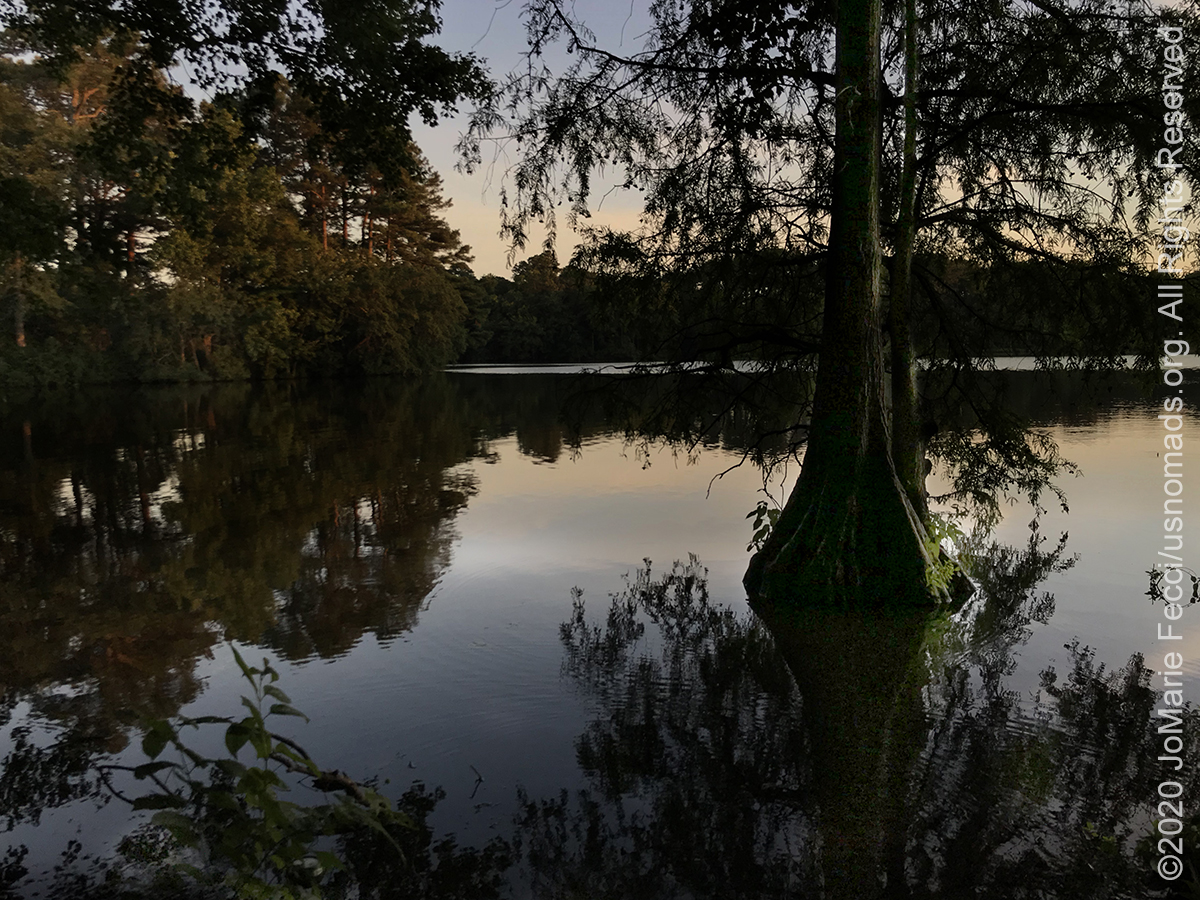
Trap Pond State Park in Delaware sits on the edge of the swampland and is one of the places where we can get a sense of what it may once have been like. The park is home to one of the northernmost stands of bald cypress trees in the country, a remnant of a vast swamp that once stretched across some 50,000-plus acres. The surviving swaths of the old Cypress Swamp haven’t changed very much over the centuries and can seem quite spooky. True cypress swamps never really see the full light of day—it’s always somewhere between dark and semi-dark. At Trap Pond it is possible to see some of these great Cypress trees, but the park itself is far from a “swamp” environment. It is a nice family-friendly park for developed camping, and the Pond that it is centered around is wide open with opportunities for canoeing or kayaking as well as fishing.
I arrived just past sunset and focused on getting my tent set up and my fire started before dark. It was kind of funny as the man from the family camping next to me came over and asked how I got my fire started so quickly, as he had struggled with the damp wood. Of course, I explained that I had come prepared with some kiln-dried wood that I had purchased to use as “starter” logs in this kind of situation. And then I showed him my “secret weapon” — the firestarter cubes that will work to get a fire going even in the wind. The combination of those two things made getting my fire going easy, even in a damp humid swampy area. However, in all honesty, it did not feel swampy at the campground. The weather was actually beautiful, not as humid as I’d expect in a true swamp environment, and slightly cooler in the evening which made for a great night’s sleep.
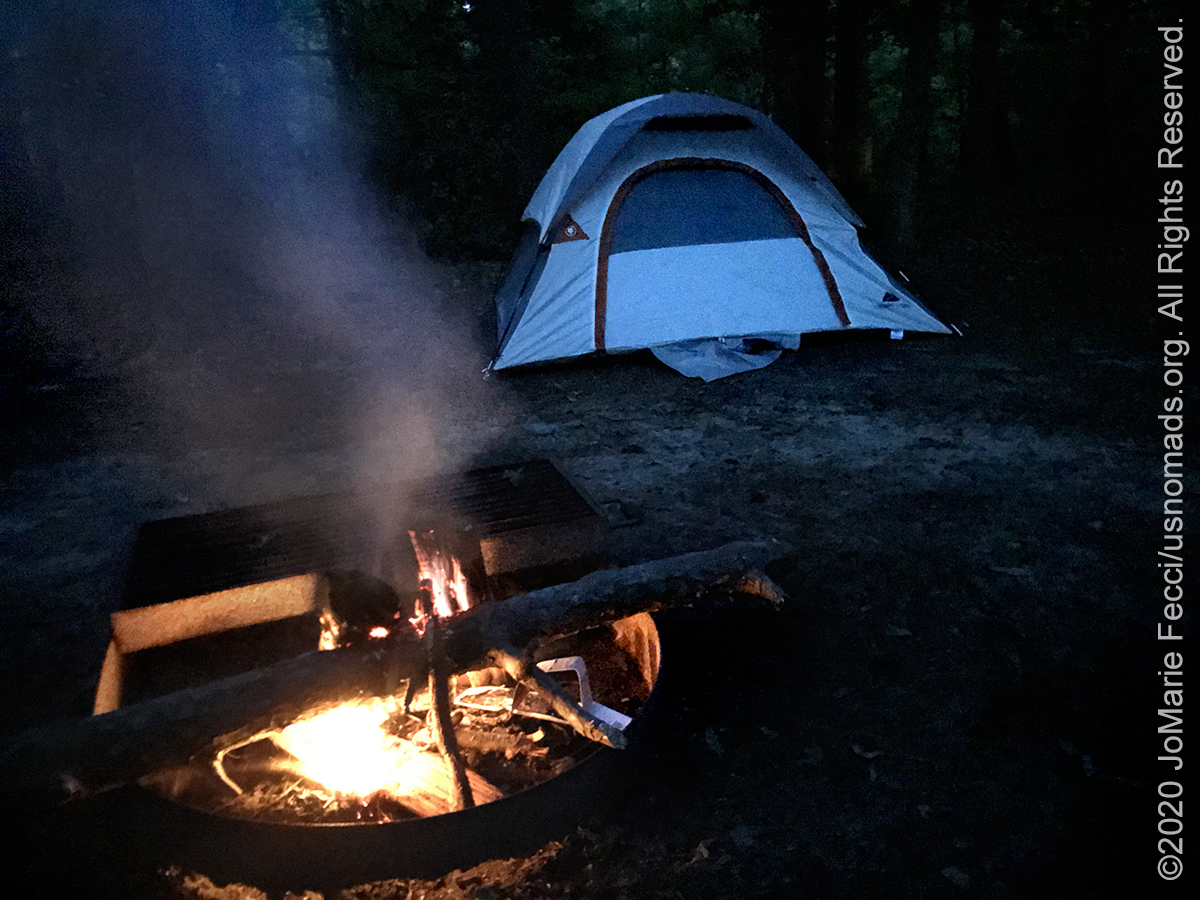
ABOUT THE EXPEDITION
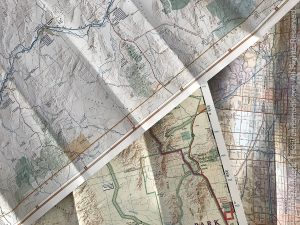
JoMarie Fecci, of USnomads, sets off on a summer roadtrip around the east coast of the U.S. for a few weeks of exploration, camping, and Jeep fun. The focus of this trip is really just enjoying what the road has to offer and checking out some different trails in the region.
WHERE WE ARE
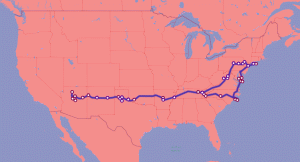
This trip will be a loop starting and ending on Long Island in New York.